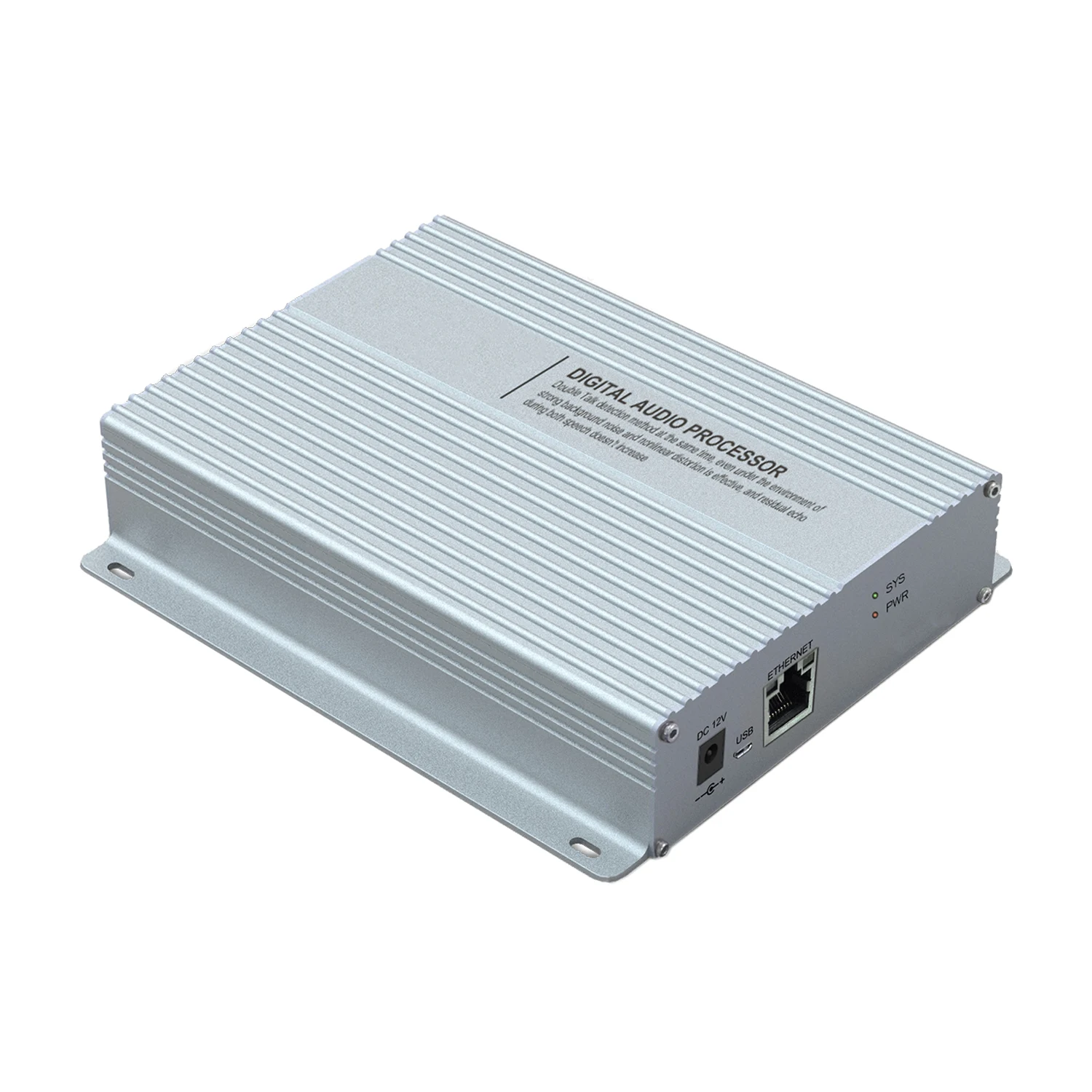Why Should You Choose a Mini DSP for Your Audio System?
2025-10-17
In today's fast-evolving world of audio technology, precision, clarity, and control define the quality of sound we experience. As a professional working in the audio industry, I've come to realize that one of the most powerful tools to achieve these qualities is the Mini DSP (Digital Signal Processor). This small yet intelligent device allows users to fine-tune and optimize sound in ways that were once possible only with large, expensive systems. At Shenzhen FHB Audio Technology Co., Ltd., we specialize in delivering high-quality digital signal processing solutions that empower both professionals and hobbyists to get the most accurate and dynamic audio performance possible.
What Is a Mini DSP and How Does It Work?
A Mini DSP is a compact digital signal processor designed to manage and optimize audio signals with precision. It works by converting analog audio inputs into digital data, applying user-defined filters, equalization, and crossover adjustments, then converting the processed data back into clean, optimized analog sound. Whether in home theaters, car audio systems, or professional sound engineering, the Mini DSP provides flexibility and accuracy for sound control.
Here's a simplified look at the basic features and parameters of a Mini DSP device:
| Parameter | Description |
|---|---|
| Input Channels | 2 to 8 (depending on model) |
| Output Channels | 2 to 8 |
| Sampling Rate | 48 kHz – 96 kHz |
| Signal-to-Noise Ratio (SNR) | ≥ 100 dB |
| Dynamic Range | ≥ 110 dB |
| Control Interface | USB / Bluetooth / Wi-Fi |
| DSP Processor | 28/56-bit floating-point precision |
| Software | PC / Mobile control with real-time adjustment |
Why Do I Need a Mini DSP in My Audio Setup?
As an audio enthusiast, I often ask myself: Why do I need a Mini DSP when I already have an amplifier and speakers? The answer is simple — control and precision. A Mini DSP enables me to adjust time alignment, equalization, and crossover settings to perfectly match the acoustics of my environment. Without it, even the most expensive audio equipment may fail to deliver optimal performance.
Key benefits of using a Mini DSP:
-
Enhanced Sound Clarity: Removes frequency overlap and distortion.
-
Room Correction: Compensates for acoustic irregularities.
-
Flexible System Configuration: Supports multiple inputs/outputs.
-
Custom Sound Profiles: Allows user-defined EQ curves.
-
Compact & Easy to Integrate: Small footprint fits any setup.
How Does a Mini DSP Improve Sound Performance?
When I first integrated a Mini DSP into my audio system, I was surprised by the transformation. Suddenly, the soundstage became wider, vocals clearer, and bass tighter. The Mini DSP gave me the ability to analyze my room's acoustics and fine-tune the audio response curve.
Here's a brief before-and-after comparison based on actual listening experience:
| Aspect | Before Mini DSP | After Mini DSP |
|---|---|---|
| Sound Clarity | Slightly muffled | Crystal clear |
| Frequency Balance | Uneven highs and lows | Perfectly balanced |
| Bass Response | Boomy and uncontrolled | Tight and accurate |
| Stereo Imaging | Limited | Wide and immersive |
| Listening Fatigue | Noticeable after long sessions | Significantly reduced |
This real-world performance proves how essential the Mini DSP is for anyone serious about achieving professional-grade sound.
What Makes Mini DSPs So Important in Modern Audio Engineering?
The importance of a Mini DSP lies in its ability to make audio control accessible, accurate, and affordable. For sound engineers and music producers, it bridges the gap between studio-grade precision and everyday usability. For home audio enthusiasts, it transforms ordinary systems into immersive experiences.
In summary, Mini DSP technology is important because:
-
It offers digital-level precision in an analog environment.
-
It enables real-time audio adjustments without hardware changes.
-
It supports multi-zone control for complex systems.
-
It improves both aesthetic simplicity and sound quality.
-
It is cost-effective compared to high-end hardware equalizers.
At Shenzhen FHB Audio Technology Co., Ltd., our Mini DSP products are designed with robust processors, user-friendly interfaces, and versatile connection options — ensuring both professionals and hobbyists can achieve superior results effortlessly.
FAQ — Mini DSP Common Questions
Q1: What makes a Mini DSP different from a regular equalizer?
A Mini DSP doesn't just adjust frequencies — it manages the entire signal path digitally. This includes time delay, crossover, gain, and parametric EQ adjustments, providing full control over every audio element.
Q2: Can I use a Mini DSP in my car audio system?
Absolutely! Mini DSPs are widely used in car audio tuning. They help achieve perfect time alignment between speakers and ensure a balanced frequency response, making your in-car sound experience richer and more accurate.
Q3: Is setting up a Mini DSP complicated for beginners?
Not at all. Most Mini DSPs from Shenzhen FHB Audio Technology Co., Ltd. come with intuitive software interfaces that allow real-time adjustments via USB or Bluetooth. You can visualize EQ curves, apply filters, and monitor levels with ease.
Conclusion
A Mini DSP is more than just a digital sound processor — it's the brain of your audio system, ensuring every sound wave reaches your ears exactly as intended. Whether for home use, automotive applications, or professional audio production, this powerful tool is the key to unlocking the full potential of your speakers.
If you're ready to elevate your audio experience with professional-level precision and customization, contact us at Shenzhen FHB Audio Technology Co., Ltd. — your trusted partner in intelligent sound solutions.



